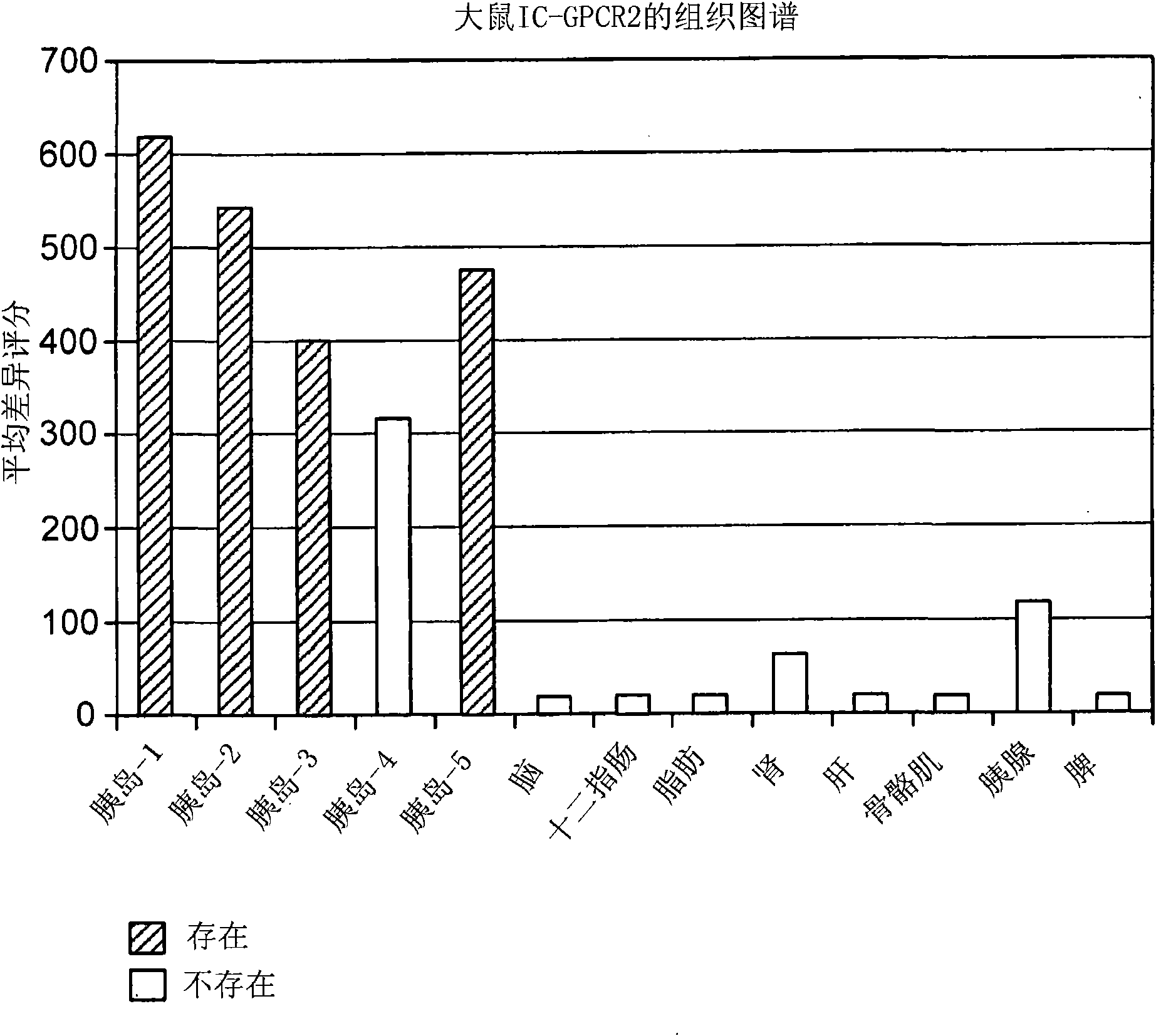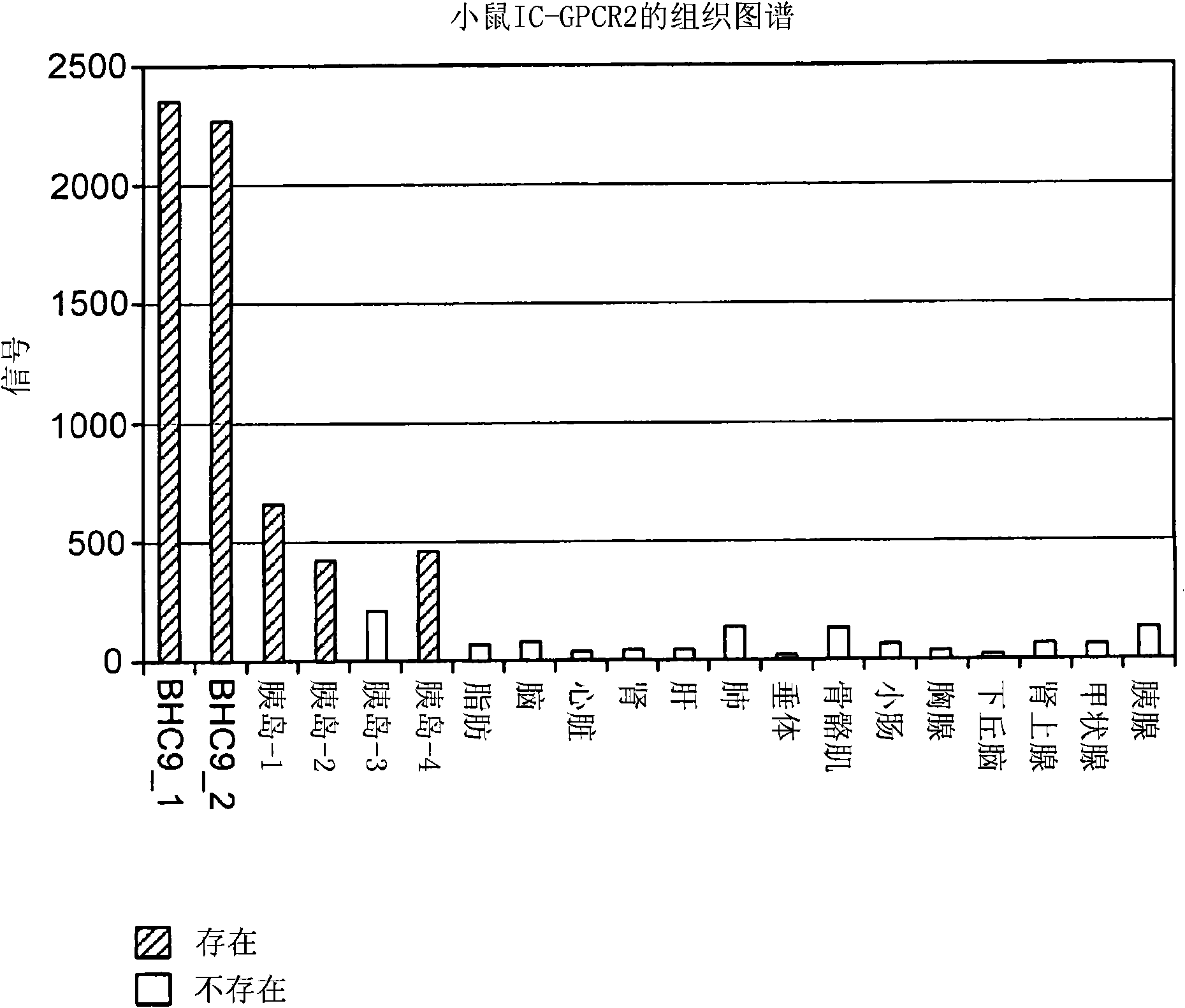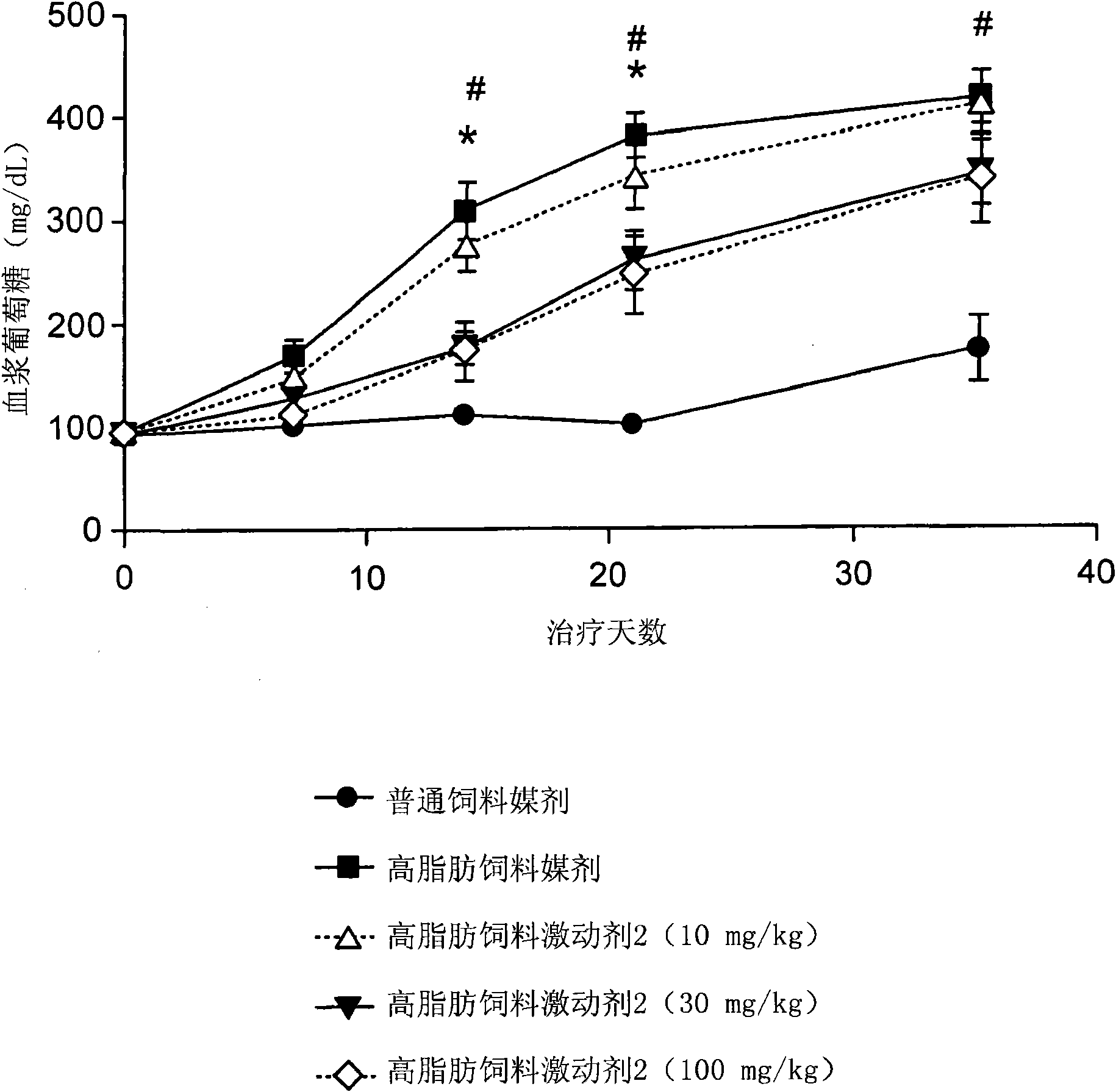Heterocyclic receptor agonists for the treatment of diabetes and metabolic disorders
A heteroaryl and substituent technology, applied in the field of heterocyclic receptor agonists for the treatment of diabetes and metabolic disorders, can solve the problems of elevated, undiscovered PDE cell type selectivity, etc.
- Summary
- Abstract
- Description
- Claims
- Application Information
AI Technical Summary
Problems solved by technology
Method used
Image
Examples
preparation example Construction
[0237] Preparation of the compounds of the invention
[0238] The compounds of the present invention can be prepared by many methods well known to those skilled in the art of organic synthesis. The synthetic route of the compounds of the present invention is not limited to the methods provided in the summary or examples below. Individual compounds may need to manipulate conditions to suit various functional groups and may require the proper use of protecting groups. If necessary, it can be eluted on a silica gel column with an appropriate organic solvent system to achieve purification. Reverse phase HPLC or recrystallization can also be used.
[0239] One aspect of the present invention provides a method for increasing the content of intracellular cyclic AMP (cAMP) in cells expressing GPR119. The method comprises exposing cells expressing GPR119 to a compound as described herein. The cyclic AMP content was determined by the method disclosed herein. Preferred cells expressing GPR11...
example 1
[0376] 4-[4-(4-Methanesulfonyl-phenoxymethyl)-thiazol-2-yl]-piperidine-1-carboxylic acid tert-butyl ester
[0377]
[0378] Heat 4-(4-chloromethyl-thiazol-2-yl)-piperidine-1-carboxylic acid tert-butyl ester (Intermediate 1,463mg, 1.46mmol), 4-methanesulfonyl-phenol (252mg, 1.46mmol) and K 2 CO 3 A mixture of (404 mg, 2.92 mmol) in acetone (25 mL) overnight. After cooling, the solid was filtered through a pad of celite. The filtrate was concentrated in vacuo. The residue was purified on silica gel (EtOAc-hexane, 1:1) to give the desired product. 1 H NMR(CDCl 3 ): δ 7.88 (2H, d, J = 8.8 Hz), 7.23 (1H, s), 7.12 (2H, d, J = 8.8 Hz), 5.24 (2H, s), 4.21 (2H, br), 3.17 (1H, m), 3.04 (3H, s), 2.88 (2H, m), 2.11 (2H, m), 1.73 (2H, m), 1.47 (9H, s).
example 2
[0381] 4-[4-(4-imidazol-1-yl-phenoxymethyl)-thiazol-2-yl]-piperidine-1-carboxylic acid tert-butyl ester
[0382]
[0383] 1 H NMR(DMSO-d 6 ): δ 8.12 (1H, s), 7.63 (2H, m), 7.54 (2H, d, J = 9.2 Hz), 7.15 (2H, d, J = 9.2 Hz), 7.05 (1H, s), 5.15 (2H, s), 3.98 (2H, m), 3.21 (1H, m), 2.87 (2H, m), 2.01 (2H, m), 1.52 (2H, m), 1.39 (9H, s).
PUM
 Login to View More
Login to View More Abstract
Description
Claims
Application Information
 Login to View More
Login to View More - R&D
- Intellectual Property
- Life Sciences
- Materials
- Tech Scout
- Unparalleled Data Quality
- Higher Quality Content
- 60% Fewer Hallucinations
Browse by: Latest US Patents, China's latest patents, Technical Efficacy Thesaurus, Application Domain, Technology Topic, Popular Technical Reports.
© 2025 PatSnap. All rights reserved.Legal|Privacy policy|Modern Slavery Act Transparency Statement|Sitemap|About US| Contact US: help@patsnap.com



